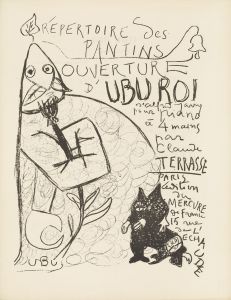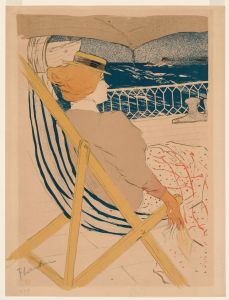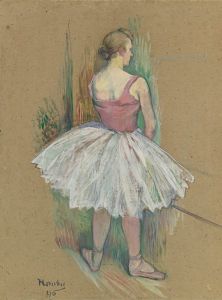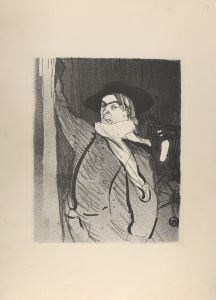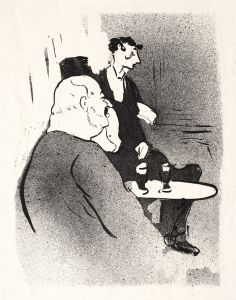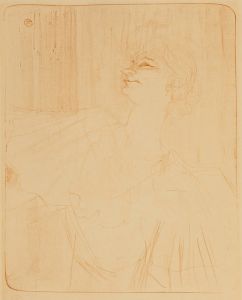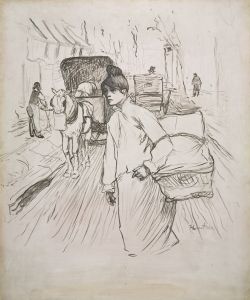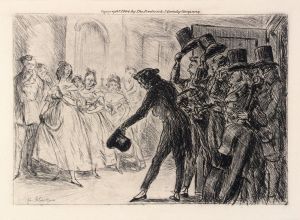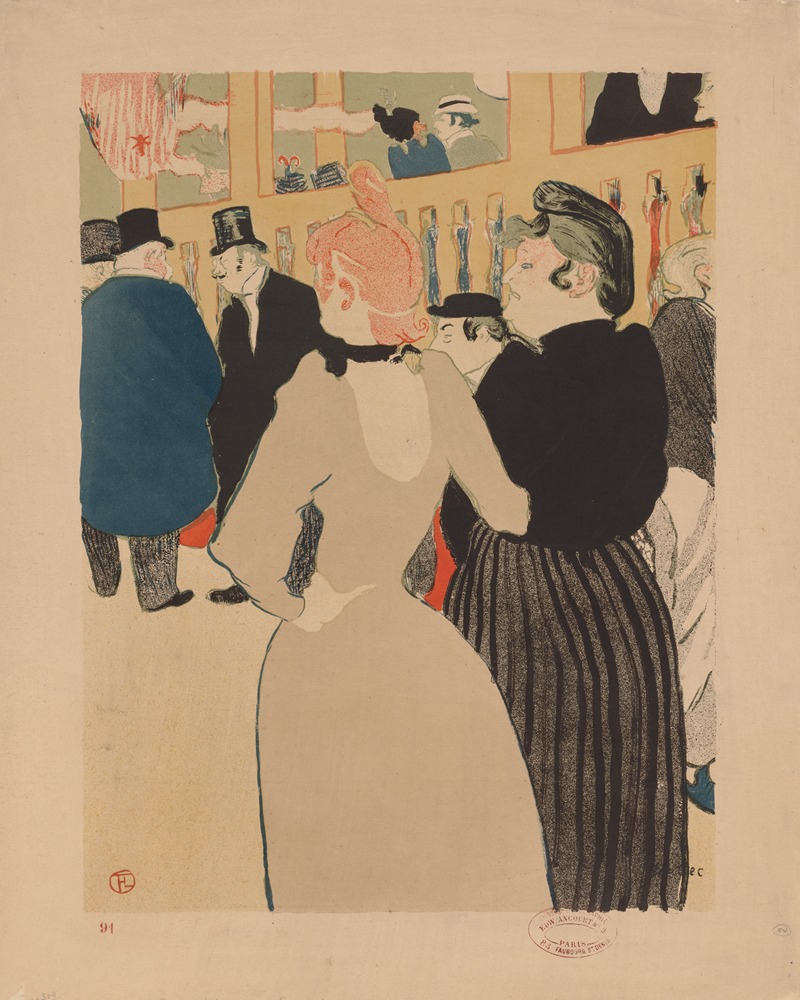
At the Moulin Rouge; La Goulue and Her Sister
A hand-painted replica of Henri de Toulouse-Lautrec’s masterpiece At the Moulin Rouge; La Goulue and Her Sister, meticulously crafted by professional artists to capture the true essence of the original. Each piece is created with museum-quality canvas and rare mineral pigments, carefully painted by experienced artists with delicate brushstrokes and rich, layered colors to perfectly recreate the texture of the original artwork. Unlike machine-printed reproductions, this hand-painted version brings the painting to life, infused with the artist’s emotions and skill in every stroke. Whether for personal collection or home decoration, it instantly elevates the artistic atmosphere of any space.
Henri de Toulouse-Lautrec, a prominent French painter known for his depictions of Parisian nightlife, created the artwork "At the Moulin Rouge; La Goulue and Her Sister" in the late 19th century. This painting is part of his extensive body of work that captures the vibrant and often bohemian atmosphere of the Montmartre district in Paris, particularly focusing on the famous cabaret, the Moulin Rouge.
Toulouse-Lautrec was born into an aristocratic family in 1864, but due to health issues that stunted his growth, he found solace in art. He moved to Paris in 1882 to study painting and became deeply immersed in the city's avant-garde culture. His works are characterized by their bold colors, dynamic compositions, and keen observation of social settings, often highlighting the lives of dancers, singers, and other performers.
The painting "At the Moulin Rouge; La Goulue and Her Sister" features two prominent figures: La Goulue, whose real name was Louise Weber, and her sister. La Goulue was a celebrated can-can dancer at the Moulin Rouge, known for her charismatic performances and flamboyant personality. She became one of Toulouse-Lautrec's favorite subjects, and he depicted her in several of his works, capturing her vivacious spirit and the lively atmosphere of the cabaret.
In this particular painting, Toulouse-Lautrec employs his signature style, using vivid colors and expressive brushwork to convey the energy and excitement of the scene. The composition likely includes the bustling interior of the Moulin Rouge, with its electric ambiance and diverse clientele, though specific details of the painting's composition are not widely documented. Toulouse-Lautrec's ability to portray the essence of Parisian nightlife made his works highly influential, offering a glimpse into the social dynamics and cultural milieu of the time.
Toulouse-Lautrec's relationship with the Moulin Rouge and its performers was not merely that of an observer; he was an integral part of the scene. His works often reflect a deep understanding and empathy for the subjects he portrayed, capturing both the glamour and the underlying melancholy of their lives. This duality is a hallmark of his art, providing a nuanced perspective on the world he inhabited.
The painting "At the Moulin Rouge; La Goulue and Her Sister" is a testament to Toulouse-Lautrec's mastery in depicting the human condition within the context of entertainment and leisure. His works continue to be celebrated for their artistic innovation and their insightful portrayal of a pivotal era in Parisian history. Toulouse-Lautrec's legacy endures, as his paintings remain a vital part of art historical discourse, offering a window into the vibrant and often tumultuous world of late 19th-century Paris.





